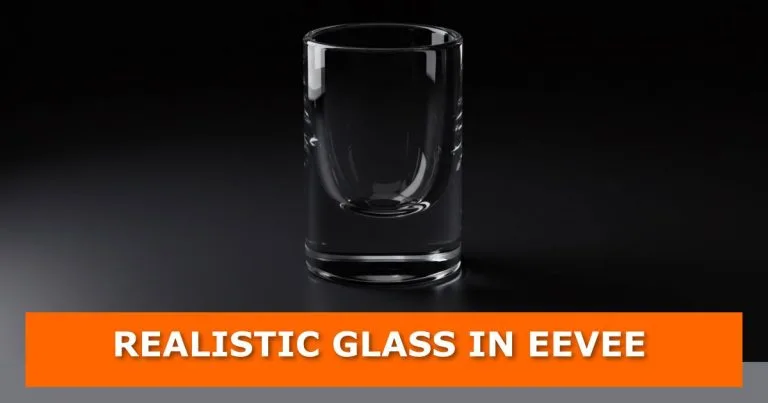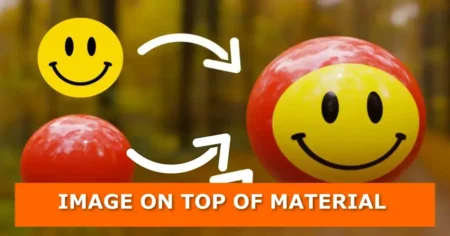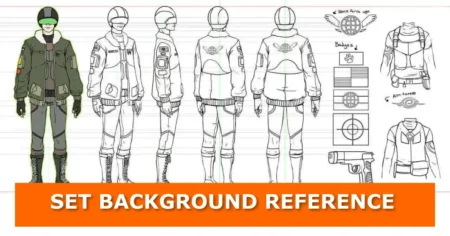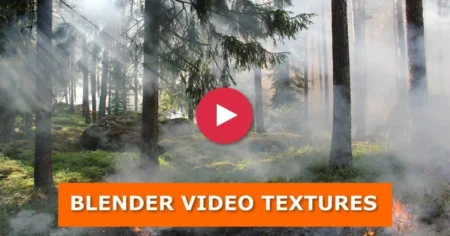If you’ve ever tried making glass in Eevee, you know it’s not as straightforward as hitting a “glass” button. Unlike Cycles, Eevee doesn’t calculate full light paths, which makes transparent materials tricky. But with a few smart tricks, you can create convincing glass that looks reflective on the edges and transparent in the middle—all without bogging down your scene.
In this tutorial, I’ll Walk you through a simple but effective method to create glass in Eevee.
Video Tutorial

Step 1: Start with a Glossy Shader
First, add a Glossy BSDF shader. Set the Roughness to 0 so the surface looks reflective, almost like polished metal.
That’s a good base, but glass isn’t just shiny—it needs transparency too.
Step 2: Mix in Transparency
Add a Transparent BSDF shader and mix it with the Glossy shader. This combination gives you both the reflective edges and the see-through middle that glass requires.
To control the mix, bring in a Fresnel node or a Layer Weight node. Connect it to the Factor input of the Mix Shader. This ensures the edges catch reflections while the centre stays transparent.
A quick tip: set the Fresnel IOR (Index of Refraction) around 1.5, which is close to real glass.
If your material combines multiple textures, you can also add more than one material to a mesh.
Step 3: Adjust the Render Settings
By default, Eevee can struggle with transparency. Go to your Material Properties and change the Blend Mode to Blended.
You can also enable Screen Space Reflections and toggle Refraction if you want a bit more realism, but this method works fine without full ray tracing.
Step 4: Add Detail with Noise
If your glass looks too perfect, add some variation. Plug a Noise Texture into the Roughness input. This makes the surface catch light in more interesting ways, giving your glass extra character.
Play with the scale until you get something you like.
If you want to assign this material to multiple objects at once, see this guide on assigning materials to multiple objects.
Glass materials look best with strong lighting and visible reflections. Consider using an invisible light emitter to brighten your scene without showing the source directly in reflections.
Step 5: Make Sure Your Object Has Thickness
Glass in the real world isn’t infinitely thin. If you apply this shader to a flat plane or a hollow mesh, it won’t look right.
Add a Solidify Modifier to give your mesh some thickness. Even a small value makes a big difference.
Conclusion
That’s it—you now have a quick and effective way to create glass in Eevee. It may not be photorealistic like Cycles, but it’s lightweight, fast, and looks great for most real-time projects.
Save your shader setup, experiment with different noise patterns, and try it out on different shapes.
Have questions or want to share your results? Drop a comment below—I’d love to see what you create.
If you enjoyed this tutorial, check out my other Blender tips and tricks, and subscribe so you don’t miss the next one. Stay sharp, and happy blending!






